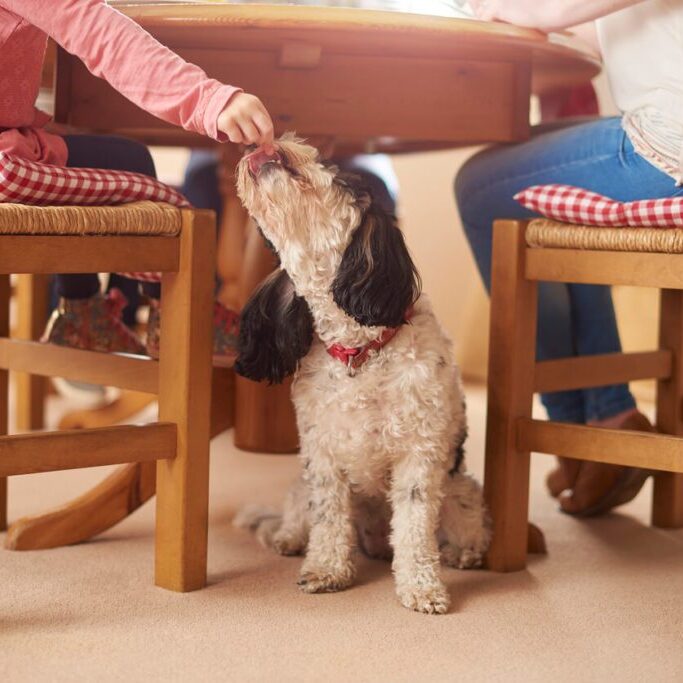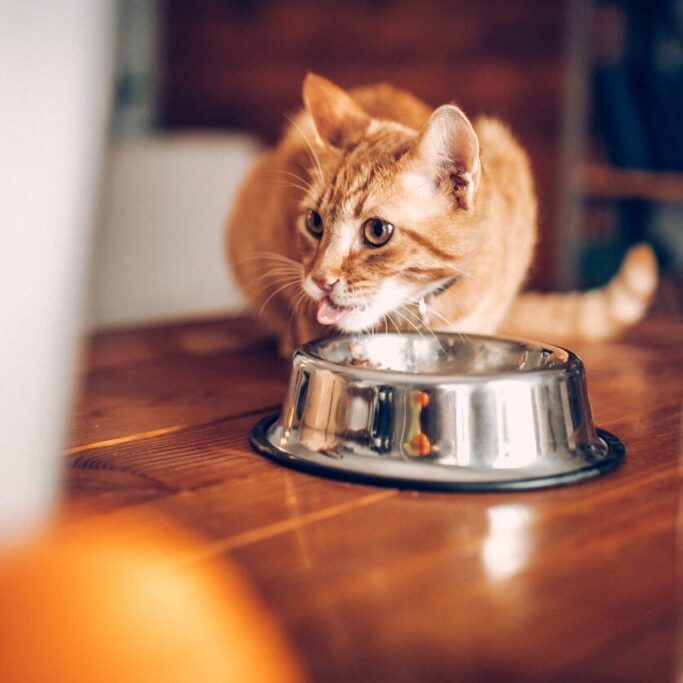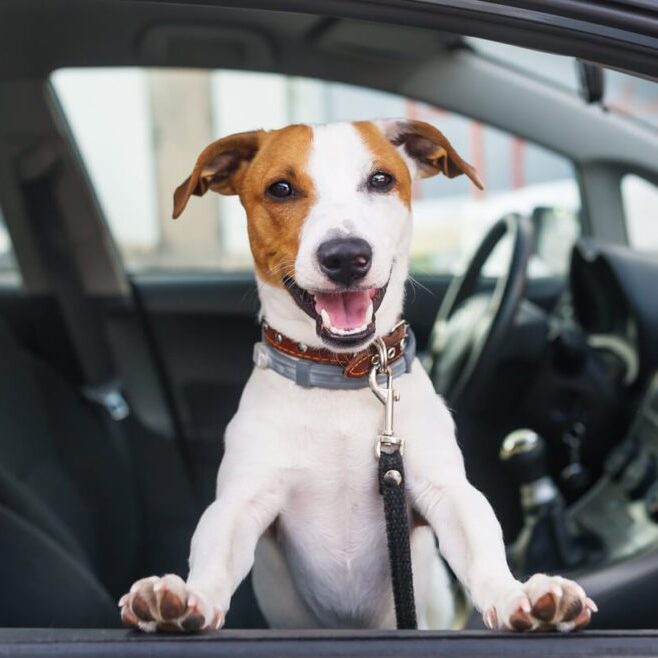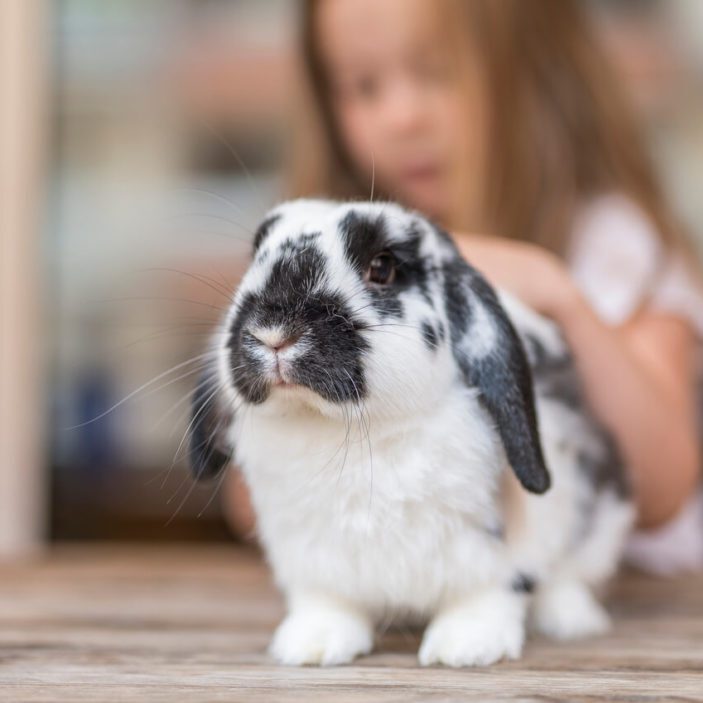Pets 101
Tips for Setting Pets and Kids Up for Success

By: Dr. Kwane Stewart, The Street Vet
Pets are incredible teachers for kids. Pets can teach children a range of emotions including empathy and compassion; they can also teach children how to have something that relies on them for love, support, and care. Before you bring home a new pet for your child, learn what to look for and how to keep everyone safe once in the home.
Choosing the Right Pet for Your Child
Before choosing a pet, it’s important to ask yourself whether you have the time, commitment, and resources (TCR) for a new pet. Once you know your family is ready to adopt, here are a few questions to consider to make sure the pet you bring home has the best chance of succeeding with your child and your family:
- How active or energetic is this animal?
- Does this animal seem to be friendly or playful around little ones?
- What does this animal’s body language look like when interacting with my child? Does it appear to be relaxed, or in a state of stress or fear?
- Does this animal get along with other pets?
- Is this an animal my child will be capable of handling and taking care of?
If you’re adopting a dog, I always recommend that you spend some time with it before you take it for a walk during the adoption visit. Spend more than just a few minutes with it; most shelters will have a play yard you can go to where you and your children can interact with the animal and spend some quieter one-on-one time with it before taking it for a walk. I often recommend that you even come back the second day after you’ve slept on it and spend more time with the dog, and go from there.
Preventing Disease Transmission
As veterinarians, we know there are some diseases that can be passed from pets to kids, and kids aren’t always themselves. They’re always putting their hands in their mouth, and a little feces here or there, that’s how you can transmit some of these conditions. When we talk about reptiles, for example, or birds, things like salmonella can potentially pass from our pet to our kids. Of course, we would never want that to happen, and it’s up to us to teach children proper handling and hand washing techniques when they’ve been in contact with pets.
Safety, Safety, Safety
You really can’t ever 100% know what your dog or your cat or your ferret or what any animal is going to do when you have children who you have absolutely no control over their body movements all the time.
This is why it’s important to be an active supervisor when your pets and children are interacting. It’s really important for pet parents to understand that safety always comes first, and to remember that pets are still animals. Especially with toddlers, children are going to make movements and decisions that we can’t 100% control. It’s important to always be present and to never leave dogs and babies alone on the ground; no situation is completely safe. It’s a healthy responsibility to understand that we need to be an active part of those encounters. As both pet and kid parents, it’s our job to not only teach and role model, but also to watch body language and to give the pet and the child space when they need it (including timeouts when appropriate for both pet and child), so that we can prevent negative interactions.
Remember, as soon as that pet comes home to you, it’s also important to establish a relationship with your veterinarian; your veterinarian can help you navigate questions or concerns that pop up as you introduce your new pet to your child. Remember, healthy pets visit vets!
Did you find this helpful? Share it!
Recent Posts
About VetScoop
Pets make our lives better. At VetScoop, we’re on a mission to return the favor by giving you access to trustworthy, science-based information so you can provide the best possible care for your pets.
Related Posts We Think You'd Like





